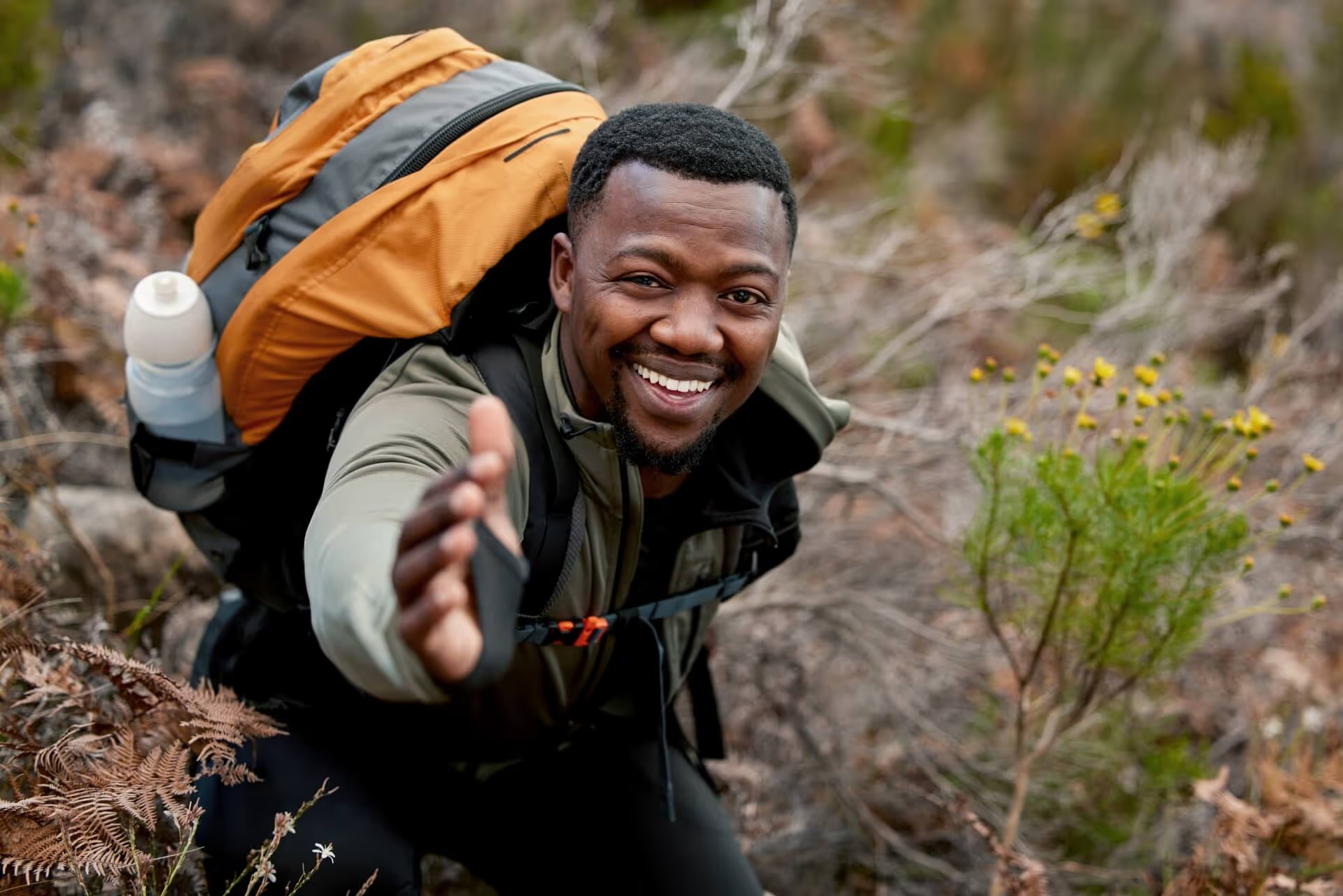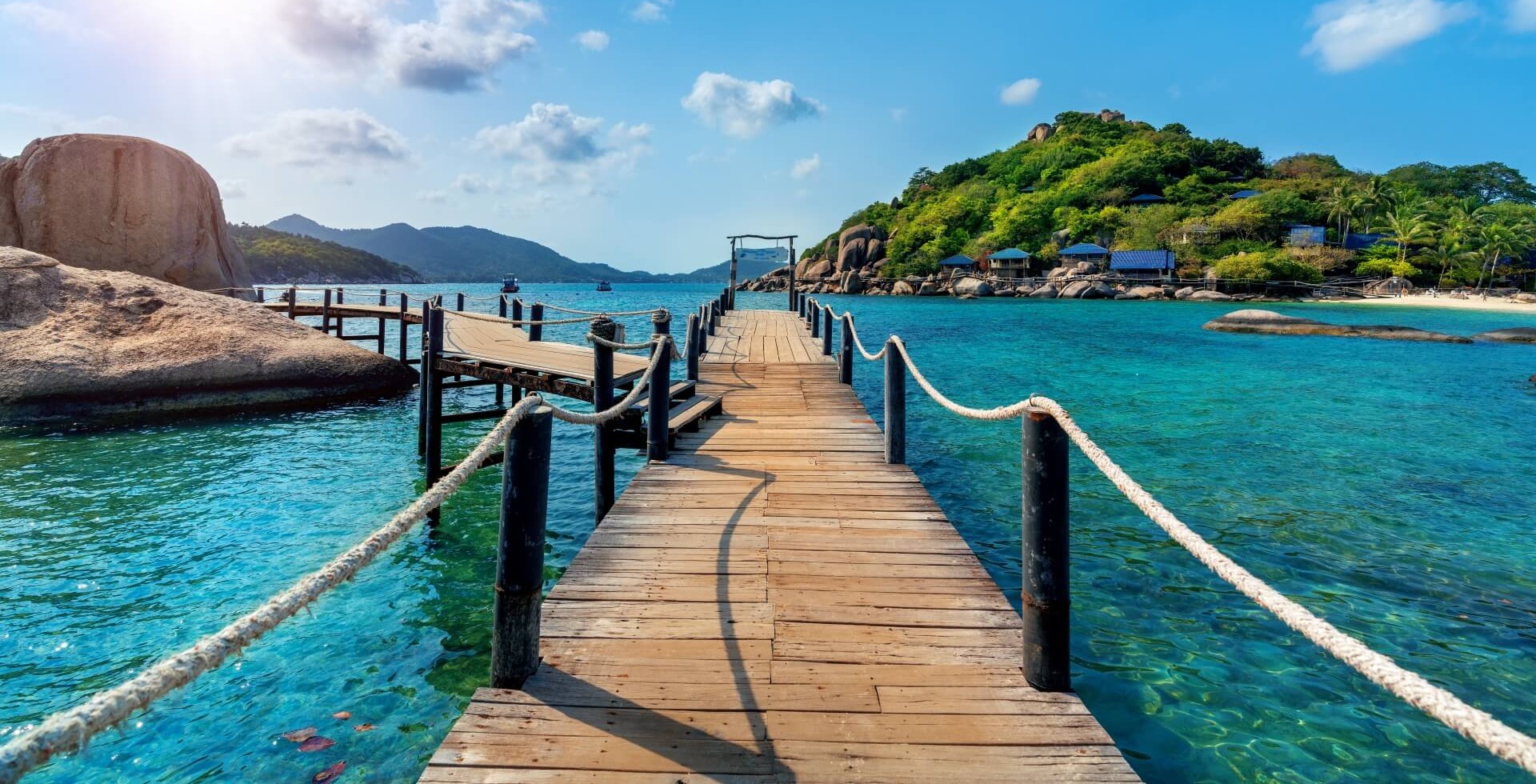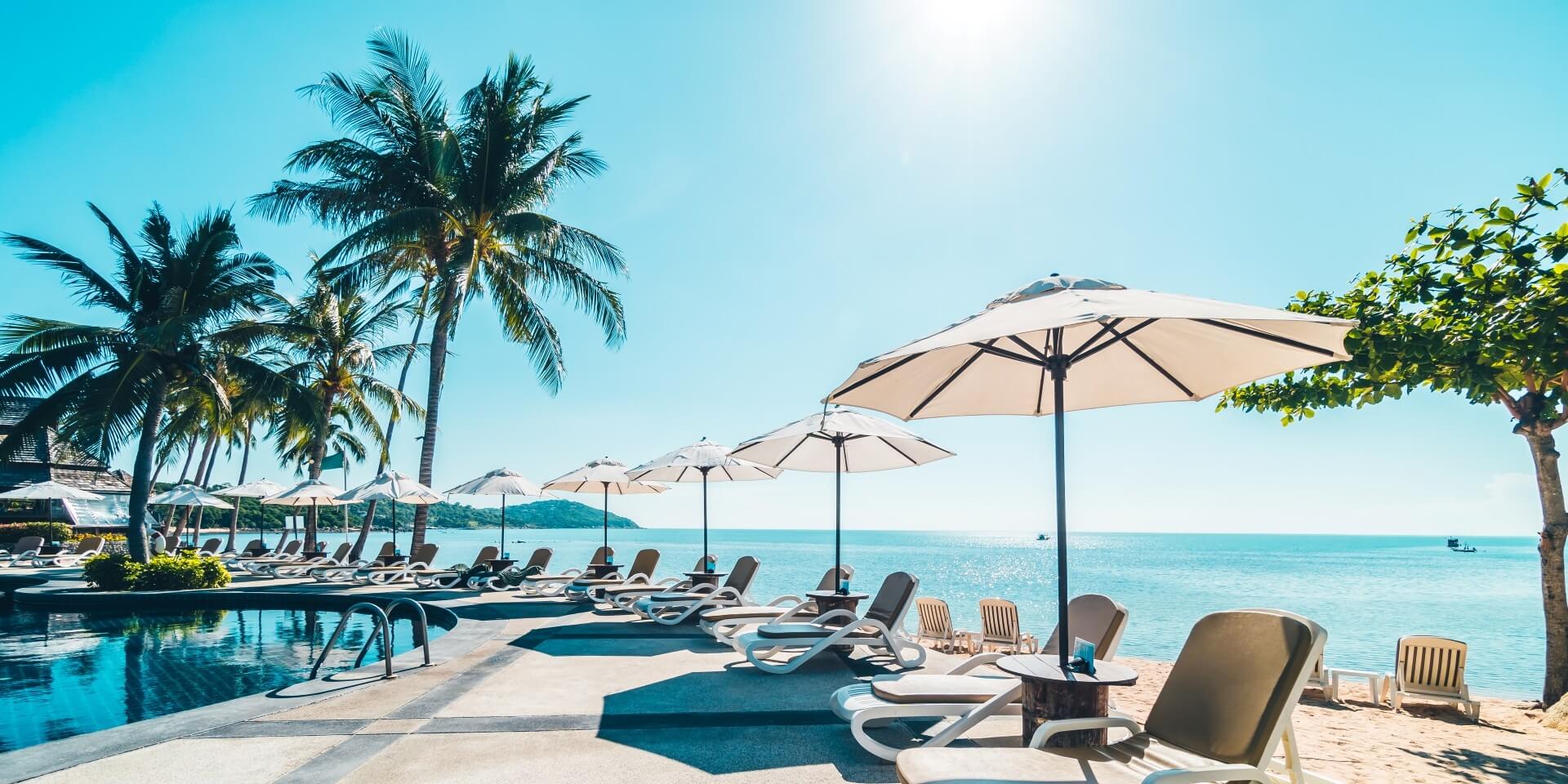In marketing, understanding your audience is everything. This is especially true for travel brands, where a single mistake can lead to lost bookings and damaged reputations. The key to creating engaging and effective digital experiences lies in understanding your clients on a deep level. This is where buyer personas come into play.
What are buyer personas?
Buyer personas are fictional representations of your target audience. They are based on real-world data and research, and they help you empathise with your potential clients and understand their needs, motivations, and behaviours. By creating detailed personas, you can tailor your marketing decisions to meet the specific requirements of your audience.
For travel brands, buyer personas might include "Adventurous Millennials", "Luxury Seekers", "Family Travellers", or "Solo Digital Nomads". Each persona provides an understanding of who these travellers are, what they want, how they behave online, and how they make travel decisions.
Digital design agencies like Boost play a pivotal role in creating these personas by combining creativity with data analytics to shape engaging and effective marketing strategies.
What advantages do buyer personas offer travel brands?
The travel industry is one of the most dynamic industries, driven by changing consumer preferences, technological advancements, seasonality, and global trends. Buyer personas offer several benefits for travel brands aiming to stand out:
Targeted marketing
Buyer personas allow you to identify your ideal customer and tailor your marketing efforts accordingly. By understanding their preferences, you can create targeted campaigns that resonate with them on a personal level.
Personalised content creation
With detailed personas, agencies can tailor content to address the specific needs, challenges, and motivations of different traveller segments. This increases engagement rates and the likelihood of conversion, as potential customers see content that resonates with their unique travel aspirations.
Efficient marketing spend
Knowing exactly who you are targeting helps optimise marketing budgets. By focusing on the most profitable market segments and their preferred channels, brands can achieve better ROI on their marketing efforts.
Improved customer experience
Buyer personas help you design digital experiences that are intuitive, engaging, and meet the specific needs of your target audience. By focusing on their pain points and desires, you can create a seamless journey that encourages them to book with your brand.
Informed decision making
Buyer personas provide valuable insights that can inform your business decisions. By understanding your target audience, you can make data-driven choices about everything from product development to marketing strategy.
Why do buyer personas matter for travel businesses
By leveraging personas, travel brands can better understand their potential customers, create more meaningful connections and drive sustainable growth. Here are some of the key benefits that buyer personas bring to travel brands:
Increased brand loyalty
In the travel industry, building strong relationships with customers is essential for fostering brand loyalty. Personas help travel brands understand the unique needs, preferences, and pain points of their audience, enabling them to create personalised and relevant marketing that resonates with different market segments.
When customers feel that a brand truly understands them and caters to their individual needs, they are more likely to become repeat customers and advocates for the brand.
Improved customer satisfaction and expectations
Travellers today have high expectations for their experiences, both online and offline. Personas allow travel brands to plan marketing that exceeds customer expectations by addressing specific needs and desires.
This proactive approach not only improves customer satisfaction but also positions the brand as attentive and customer-centric.
Better customer engagement and interaction
Buyer personas enable travel brands to create highly engaging content and experiences that captivate their audience. When content and offers are relevant to the traveller’s specific needs and interests, they are more likely to engage with the brand, whether through social media, email, or other digital channels.
Higher conversion rates
When a brand's messaging, offers, and digital experiences align with the needs and desires of its audience, conversion rates naturally increase. Buyer personas provide the insights needed to craft highly targeted campaigns and optimise digital touchpoints, ultimately driving more conversions.

How to create effective buyer personas for travel brands
Step 1: Conduct thorough research
Start by gathering as much information as possible about the existing customer base and potential audience. This can be done through:
- Surveys and interviews: Engage with current customers through surveys and interviews to understand their travel habits, pain points, and motivations. Questions could cover their favourite destinations, types of travel experiences they seek, budget preferences, and digital touchpoints they use when planning a trip.
- Social listening and web analytics: Monitor conversations on social media and forums related to travel. Identify trending topics, concerns, and desires. Analytics can provide insights into how users interact with the brand’s digital platforms: where they spend the most time, what content they engage with, and where they drop off.
- Competitor analysis: Study what competitors are doing well and where they are missing the mark. This can help identify gaps in the market and opportunities to differentiate.
Step 2: Segment the audience
Based on the research findings, segment the audience into distinct groups that share common characteristics. For travel brands, these segments could include:
- Cultural enthusiasts: Travellers who prioritise authentic cultural experiences over luxury.
- Eco-conscious adventurers: Individuals who seek sustainable travel options and off-the-beaten-path destinations.
- Family vacationers: Parents looking for child-friendly destinations, accommodations, and activities.
- Business travellers: Professionals who require efficiency, convenience, and connectivity during their trips.
Step 3: Develop detailed buyer persona profiles
For each segment, create a detailed persona profile that includes:
- Name and demographics: Give each persona a name and include details like age, gender, occupation, and income.
- Behavioural insights: How do they research and book travel? What digital channels do they use?
- Goals and motivations: What drives them to travel? What are they looking to achieve from their trips?
- Pain points: What challenges do they face during their travel planning and experiences?
- Preferred digital touchpoints: Do they prefer mobile apps, websites, social media, or email newsletters?
Step 4: Empathise with your buyers
Understanding your clients on a deeper, more empathetic level is crucial for creating personas that resonate. Empathy means stepping into the shoes of your audience and seeing the world from their perspective.
- Customer journey mapping: Map out the entire journey of each persona, from the initial trip planning phase to post-travel feedback. Identify moments of enjoyment, frustration, or confusion, and think about how to improve these touchpoints.
- Role-playing exercises: Encourage your team to role-play as different personas. This exercise helps everyone gain a nuanced understanding of what each type of traveller might experience and how the brand can better serve them.
- Feedback: Regularly ask for feedback from real customers who fit your buyer personas. This allows for continuous improvement of the personas and ensures they remain relevant and accurate.
Step 5: Use personas to inform strategy and design
Once the personas are created, use them as a blueprint for decision-making across all marketing and design initiatives:
- Content strategy: Align content creation with the needs and interests of each persona. For example, blog posts, videos, and guides can be tailored to different travel personas.
- UX/UI design: Use personas to guide user experience and interface design. Ensure that the digital touchpoints are intuitive, easy to navigate, and meet the specific needs of each persona.
- Personalised campaigns: Design targeted marketing campaigns based on personas. Email campaigns, social media ads, and retargeting strategies can be personalised to appeal to different traveller segments.
Examples of buyer personas for travel brands
The Adventure Seeker
- Demographics: 25-35 years old, single or in a couple, high-income
- Psychographics: Risk-taking, adventurous, social media-savvy
- Goals: Explore new destinations, experience unique cultures, share their adventures with others
- Challenges: Finding affordable flights and accommodations, planning itineraries

The Family Vacationer
- Demographics: 35-45 years old, married with children, middle-income
- Psychographics: Family-oriented, budget-conscious, safety-conscious
- Goals: Create lasting memories with their family, find kid-friendly activities
- Challenges: Coordinating schedules, finding affordable family-friendly accommodations
Final thoughts
Buyer personas are essential for travel brands that want to accurately and effectively target their ideal client. By understanding your target audience on a deep level, you can create more engaging, personalised, and effective marketing strategies. By investing in user personas, you can build stronger relationships with your customers and drive long-term growth for your brand.
Choose Boost To Help
Partnering with travel experts like Boost means you will get the experience of world-class designers and marketing specialists to help you create and implement your buyer personas. This will inform your brand strategy so that you reach your desired audience and convert them into clients.




